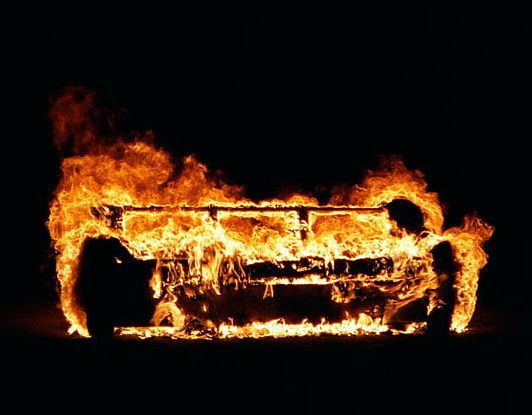Send your question to Umbra!
Q. Dear Umbra,
I’m lost in a recycling conundrum. Our waste hauler tells us they can recycle milk and juice cartons, but not coffee cups. But according to my research, cartons have up to three layers (paper, aluminum, polyethylene), while coffee cups are typically made of paper and polyethylene. How could a recycling facility separate and recycle three layers, but not two?
Kathy C.
Philadelphia, Pa.
A. Dearest Kathy,
I got lost in a recycling conundrum once. It took several days to make my way out, and only then because I made a handheld GPS unit out of an old newspaper, tin foil, and a paperclip.
But I digress. Your question is sensible: If coffee cups and juice cartons (about which we just learned a gallon of facts, including which types contain aluminum) are both paper coated with polyethylene, why can’t both go in your bin?
Only your waste hauler knows for sure, of course, and I encourage all my dearest readers to ask such questions directly of the source. But I think this coffee problem boils down to two things: Money and misperceptions. Let’s start with the latter — or should I say the latte.
1. They think it can’t be done. Although wildly popular in these modern times, cartons and coffee cups suffer from an “it’s not recyclable” misperception by consumers and recyclers. In fact, both are eminently recyclable, but lack of infrastructure and uneven demand have left us in a grande pickle. Cartons have made a bit more progress on this front, and are now recyclable for about 30 percent of American households; coffee cups have some catching up to do.
I asked Annie White of Global Green’s Coalition for Resource Recovery why the two materials might be treated differently. She identified three reasons. During the sorting process at recycling facilities, cartons “behave more like a bottle or can and more easily make it to the container side of the facility,” she says, while smooshed cups can get mixed in with newspaper and office paper. This gives polyethylene-averse paper pulpers the willies.
Second, she says, cartons are coated on both sides with polyethylene, while coffee cups are coated only on the inside; this can confuse automatic sorting equipment. Finally, the graphics on cartons are printed on the plastic layer, White says, while the ink on coffee cups is directly on the paper. Some mills aren’t equipped to de-ink paper, so they give coffee cups the cold shoulder.
Which brings us to the other reason your hauler might be saying no.
2. They don’t get paid for it. “A waste hauler will only collect something if they think a [recycling] facility wants it,” Ben Packard, VP of Global Responsibility at Starbucks, told me over a caramel macchiato (OK, you got me, it was over the phone). “And a recycling facility will only buy it if they think the paper trade wants it.”
Packard and his colleagues know a thing or two about this issue: For the last three years, they have held “Cup Summits,” bringing together retailers, manufacturers, recyclers, and others to wade through this wasteland. He says the company has realized the real challenge is not educating consumers or tweaking the cups, it’s creating back-end demand for the material. The industry-led Carton Council is waging a similar battle on behalf of juice and milk containers.
Of course, as I said last week, we beverage-swillers must strive to reduce our consumption of disposable packaging. How to lessen the impact of your daily fix?
- Make your coffee at home and transport it in a thermos (perhaps on a bike!).
- Bring your own mug (you can find a handy collapsible one online) — most coffee shops will gladly fill it.
- Slow down and savor your drink in the store, shunning the to-go cup — you’ll get to use a lovely ceramic mug, and eavesdrop too.
- Dare I say quit the habit? More than half of Americans drink coffee every day, usually three to four cups of the stuff. If you’re hopelessly hooked, at least check out these tips for greening your brew.
Roastily,
Umbra




